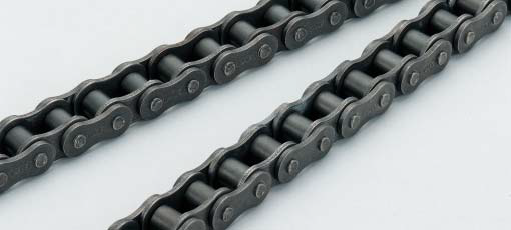This is certainly a chain assortment process taking deterioration of strength in relation to temperature into consideration. Please use acceptable lubricant for the temperature at which the chain is always to be made use of. Check with us for specifics.
1. Effects of temperature around the chains
1.1 Effects of high temperature
one) Increased wear induced by lessen in hardness
two) Increased elongation brought on by softening
3) Lubricant degradation, defective flexion brought on by carbonization
4) Increase in dress in and defective flexion brought about by growth of scales
two. Kilowatt ratings according to temperature
1.two Effects of reduced temperature
one) Decrease in resistance to shock induced by low temperature brittleness.
2) Defective flexion caused by lubrication oil coagulation.
three) Defective flexion triggered by adhesion of frost and ice.
four) Rusting brought about by water-drops.
3. Chain Assortment according to Temperature
(Chain speed=50m/min or less)
4. Use of Stainless Steel Chains (SS, SSK) at large temperatures
Stainless steel chains (SS, SSK) can be employed up to 400??C, but bear in mind the ambient temperature as well as chain temperature could vary. The power on the chain decreases since the temperature rises. Particularly at higher temperatures, the increased the temperature rises, the chain will  rupture by a reduced load (creep rupture).
rupture by a reduced load (creep rupture).
On top of that, defective flexion or defective chain revolution occurs because of heat growth. So as to avoid this kind of complications, adjust the clearance concerning chains. Seek advice from us when employing chains at 400??C or larger.
Chains are not able to be applied at 700??C or higher.
